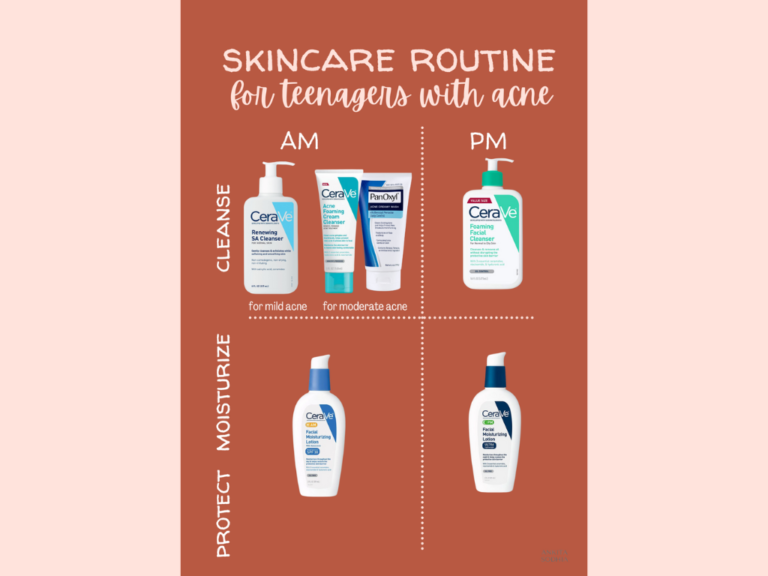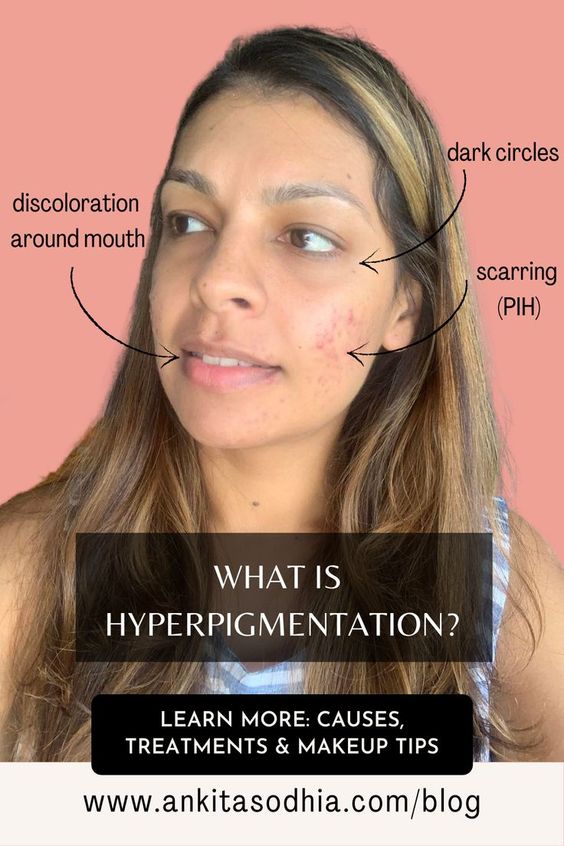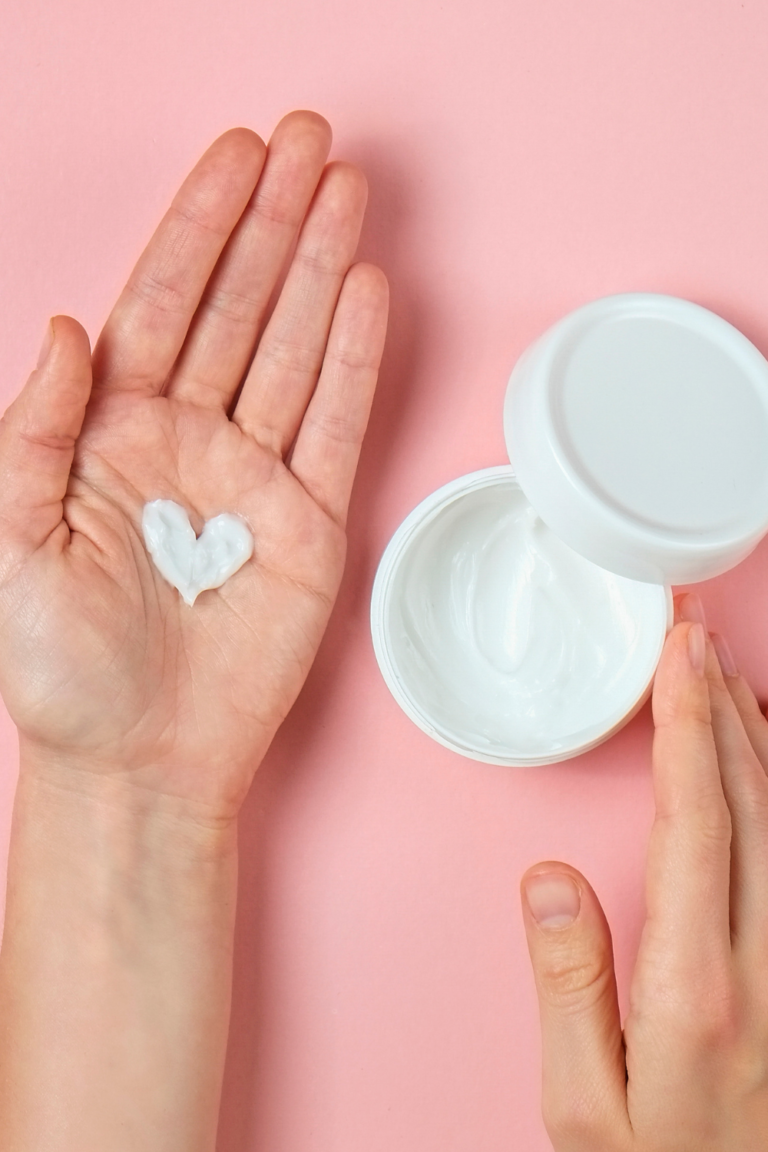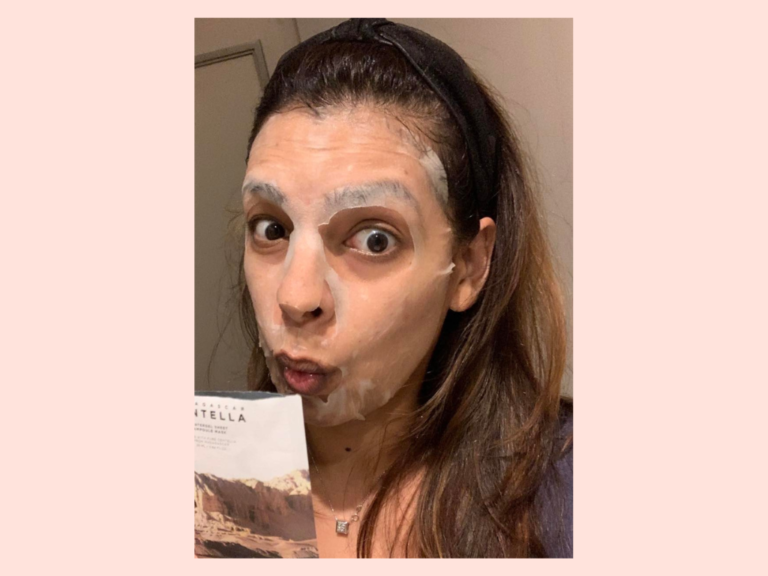What Is A Serum and How and To Use It in a Skincare Routine
I wrote a blog post titled A Beginner’s Guide To Active Ingredients In Skincare Products Broken Down By Skin Type and Concern (Includes a Printable Infographic!) and I thought a nice follow up to that post with detailed posts explaining each skincare product type i.e. toner, essence and serum because each of these products play a very specific role in skincare routines. I also think it’s important to understand how each product works in a routine.
Please note: I am not a doctor and all the information below is for illustrative and informational purposes only. Please consult your doctor before starting any new skincare products.
Table of Contents
What is a serum?
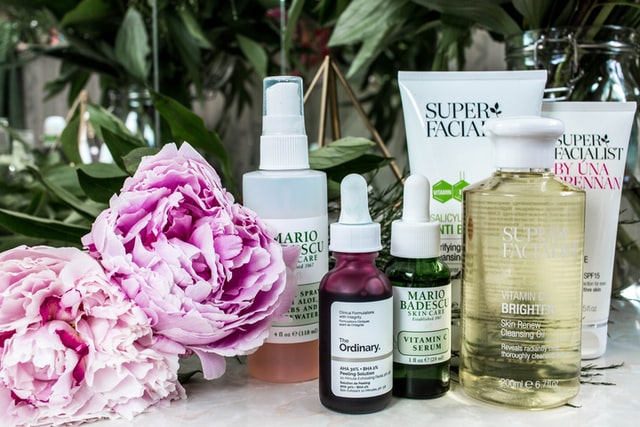
A serum is a skincare product, which usually has a high concentration of specific active ingredients to treat certain skin concerns such as brightness, dryness, acne, texture, ageing, fine lines etc. Therefore, a serum is considered a leave-on treatment in a skincare routine and designed to deliver potent ingredients directly to the skin.
There are exfoliating serums and hydrating serums, similar to toners, which help target different skin concerns.
How does serum differ from toner and essence?
Serum is considered a lightweight, fast absorbing, deep penetrating (due to smaller molecular structure) treatment product applied after toner and essence; it is formulated with concentrated ingredients to target specific skin concerns such as dullness, acne, ageing skin etc. Essence is an optional skincare step following toner to soak the skin with hydration and acts like the first layer of moisturiser for the skin before adding serums and creams. Toner is applied immediately after cleansing to further cleanse and balance the skin’s pH.
Benefits of using a serum:
Depending on the key active ingredient(s) the main benefits of using a serum is to treat specific skin concerns, add moisture and improve skin texture.
Some popular active ingredients in skincare serums include:
- Vitamin B3 (niacinamide): reduces inflammation and redness, helps the skin retain moisture, minimizes enlarged pores, softens fine lines and improves skin texture
- Vitamin C (ascorbic acid also known as L-ascorbic acid): brightens the skin
- Hyaluronic acid: helps the skin retain moisture to stay hydrated
- Vitamin A (retinol): promotes healthy skin cell production, skin cell renewal and collagen production
- Glycolic / lactic acid: clears dead skin and brightens the skin
- Salicylic acid: unclogs pores
Different kinds of serum:
Hydrating serums are usually gentle enough to be used daily.
Exfoliating serums are usually more potent and should be used twice to three times a week and always followed up with SPF as it can make the skin sensitive to the sun.
What kind of serum to use for different skin types and concerns?
Acne-prone / oily skin: Serums with niacinamide, vitamin C, retinol, zinc and salicylic acid (BHAs) to penetrate and unclog pores and prevent breakouts.
Texture: Exfoliating serum with glycolic acid, lactic acid and salicylic acid
Dullness: Exfoliating serum with glycolic acid, lactic acid and vitamin A (retinol)
Dryness: Hydrating serum with niacinamide and hyaluronic acid
Sensitive skin: Gentle serums with soothing natural ingredients like bamboo leaf extract, green tea, soybean, and antioxidants etc
Ageing skin: Serum with Vitamin C & Vitamin E, Vitamin A (retinol), antioxidants, peptides, ceramides
Normal skin: Serum with hyaluronic acid, Vitamin C, niacinamide
Where does serum fit in a skincare routine?
Serum is applied after toner / essence and before moisturiser (and SPF if it’s in the daytime).
How to apply and how often:
After using cleanser, toner, essence, take a pea-sized amount of serum in the palm of the hands and use fingers to evenly distribute across the face and then gently massage it in an upwards motion from the centre outwards.
Depending on the ingredients, serums can be used twice a day (AM & PM), once a day or a few times a week. It’s important to read the packaging carefully and understand how often to use a specific serum.
For example, hydrating serums can be used daily whereas exfoliating serums should only be used two to three times a week.
Don’t use Vitamin C and Vitamin B3 (niacinamide) in the same skincare routine. Use Vitamin C in the AM and Vitamin B3 (niacinamide) in the PM.
Don’t use Vitamin C and exfoliating serum in the same skincare routine. Use Vitamin C in the AM and serum in the PM, if used on the same day.
Don’t use retinoids / retinol on the same day as exfoliating serums.
If you’re curious to learn about other types of skincare products, click the links below:
What Is A Toner and How and When To Use It in a Skincare Routine
What Is An Essence and How and When To Use It in a Skincare Routine
Please note: I am not a doctor and all the information below is for illustrative and informational purposes only. Please consult your doctor before starting any new skincare products.

